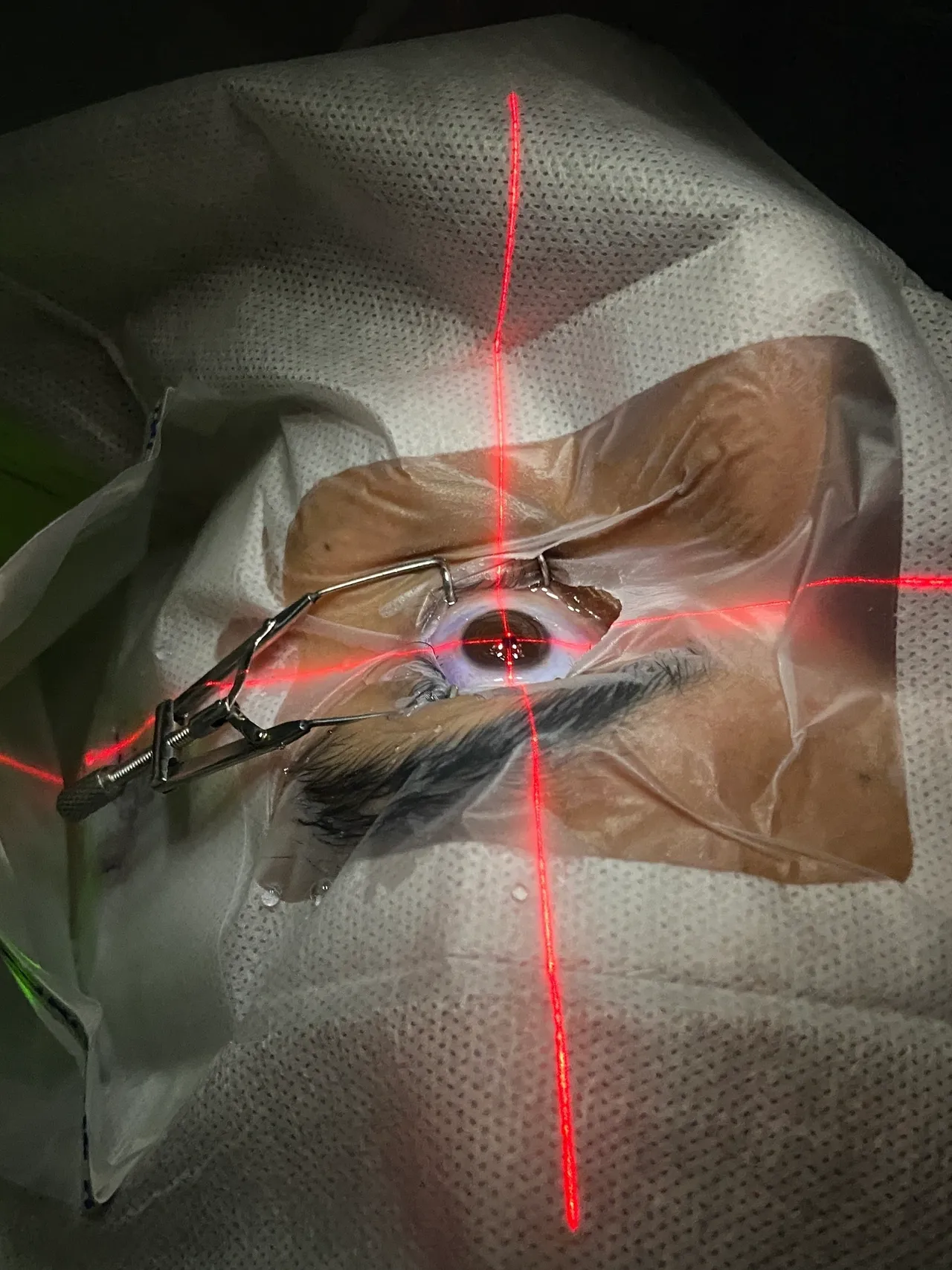Title: Exploring New Refractive Procedures for Spectacle Removal: A Comparative Overview
Introduction:
In the world of vision correction, the desire to reduce or eliminate dependence on spectacles has driven the development of various refractive procedures. Innovations in ophthalmology have led to a plethora of techniques and technologies, each offering its own advantages and limitations. In this article, we will explore the notable refractive procedures: Contoura Vision, SMILE Relex, Elita SILK and CLEAR. We’ll provide a comparative table to help you understand the key differences between these patented technologies.
Refractive Procedures:
1. Contoura Vision
Procedure: Contoura Vision is a topography-guided laser vision correction technique. It uses a high-resolution corneal topographer (Topolyser) to map the unique irregularities of the cornea. It offers better customization, resulting in improved visual outcomes for patients. Achieving 6/5 and 6/4 vision with this technology has made it very popular. It takes 22,000 elevation points of anterior corneal surface and till date this is the most data driven excimer laser platform for vision correction. It also gives topography guided and Q value adjusted treatments for myopia, hyperopia, astigmatism and keratoconus.
2. SMILE (Visumax 500):
Procedure: SMILE is a minimally invasive, flapless procedure that involves creating a lenticule within the cornea and removing it through a small incision. It is a keyhole surgery in which a lenticule is extracted through a 3-4 mm incision. Unlike excimer laser platform which uses photoablation, this technology uses a femtosecond photo-disruption technology. This techniques claims better corneal tectonic strength and less incidence of dry eyes due lesser damage to corneal nerves. Smile is USFDA approved and pioneer in lenticule extraction. It offers quick recovery and is suitable for patients with pre-existing dry eyes. Limitations include longer learning curve, lack of cyclotorsion compensation, higher per diopter tissue removal and high running cost.
3. SMILE Pro (Visumax 800):
This technology is a further upgrade to the existing SMILE technology. It differs in its ability to compensate cyclotorsion and better vertex centration. It also gives ability to the user for customisation of lenticule profile. It uses an 800 hz femtosecond laser which reduces the laser time significantly. Limitation include limited availability, longer learning curve and higher running cost.
4. Elita SILK (Sub-Bowman’s Keratomileusis):
Procedure: Elita SILK is an advanced form of LASIK that offers a smoother corneal surface by preserving Bowman’s layer. It is similar to SMILE technology in its inherent nature of refractive correction. Where it differs is the shape of lenticule (Biconvex) and raster pattern of lenticule which gives a smoother lenticule profile. SILK distinguishes itself with unique features, including adjustable centration, cyclotorsion control, high-speed operation at 10-MHz, low energy settings, and minimal lenticule dissection induced nerve damage.
It reduces chances of dryness. Limitation include limited availability, lack of long term results and longer surgeon learning curve. SILK is CE mark approved and lacks FDA approval at present. Also the machine does not have an inbuilt microscope and patient has to be shifted hence increasing overall surgical time.
5. CLEAR is a femtosecond laser surgery for myopia correction, with or without astigmatism, using the Femto LDV Z8 laser by Ziemer Ophthalmic Systems. CE Mark approved in April 2020 for correction ranging from -0.5 to -10 D of sphere and up to -5 D of cylinder, CLEAR is an optional upgrade to the Z8 laser platform. The Z8 laser, based on low-energy (<100 nJ) high-frequency (up to 20 MHz) principles, offers multifunctionality, including cataract surgery and LASIK flap creation. It gives distinct advantages like intraoperative pupillary centration of the lenticule, separate incision for anterior and posterior dissection of the lenticule and intraoperative OCT for visualization of dissections. This is the only platform which can perform lasik Flap, lenticule extraction, FLACS, Intrastromal rings and penetrating keratoplasty with a single device. More over the device is mobile and gives ability to the users to move the machine between practices.
Conclusion:
With new technologies in refractive surgery, its an interesting era where different manufacturers are delivering competing technologies. While no one technology outweighing the other. There are distinct advantages and limitations of each. Excimer platforms have widespread availability, lasting track record, relative cost efficiency and ease of surgeon use. Excimer laser platforms are versatile in approach as they can treat hyperopia, irregular astigmatism and topoguided treatment for keratoconus. Lenticule extraction technologies eliminate flap related complications , cause reduced dryness and faster wound healing than flap based or surface ablation surgeries. They lack in cost efficiency, availability and strict patient selection criterion. It is advisable to select the technology best suited for individual practice type, surgeon experience and training.




